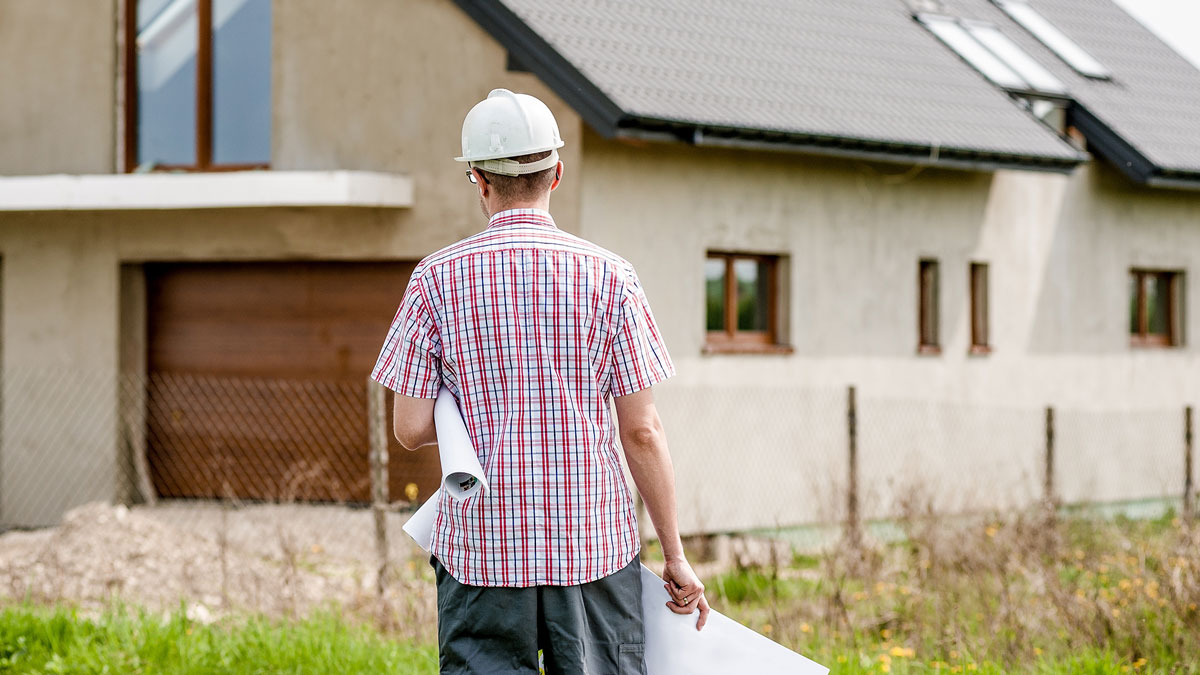Survey Existing Buildings Digitally
In a traditional architectural office, collaboration requires most or all of the following: computer, printer, scanner, a pen or pencil, and a phone or close proximity to your team. We use the Surface Book to combine these items into one very mobile tool. This post discusses surveying existing buildings digitally and yet as naturally as with a pencil and paper. This digital information can then be quickly relayed to all team members.
Of the many benefits to using this method the first is how quick and easy it is to make large adjustments to a sketch if the proportions end up being off while walking the site. This is especially helpful if an existing plan is not available. When a plan is available, it is much easier to modify a digital version. Often, there are conditions on site that do not match the plan, a digital version can be quickly manipulated to clearly indicate the discovered conditions. It should be noted that touch screens react to water drops as if they are a being touched but not as reliably. This means rain and sweat are an issue just as they are with paper.
We use a program from Autodesk called Sketchbook Pro for drawing the survey plans, elevations and details. I use layers to isolate the drawings, notes and dimensions from each other. This keeps them visible and locked while making corrections on another layer. If space becomes an issue, individual layers can be hidden to free up space for additional information on the current layer. I use a grid to mimic graph paper with major and minor grid lines to aid in organizing the drawing. When available, existing plans are inserted on their own named layer. Over the years I have tried various methods and settled on using one file for each drawing. I tried using a multitude of layers in one file and it works, but I found that it made the drawings cumbersome and increased the likelihood that something would be drawn on the wrong layer.
Sketchbook Pro is similar to Photoshop from Adobe but at a fraction of the cost. It is not as powerful as Photoshop but meets our needs and excels as a sketching tool for surveys. Another tool that we use when surveying is Drawboard PDF. Drawboard is an app from the Microsoft Store that I use to fill out multipage survey forms and punch lists. Drawboard is not as powerful as Acrobat from Adobe but it is far better on the Surface as it was designed from the ground up for a touch interface.
These articles are written from my point of view as an architect. However, these tools can apply to any business in the construction industry, design, and beyond. Follow future posts discussing how we use the Surface Book at REspace to streamline our workflow.


